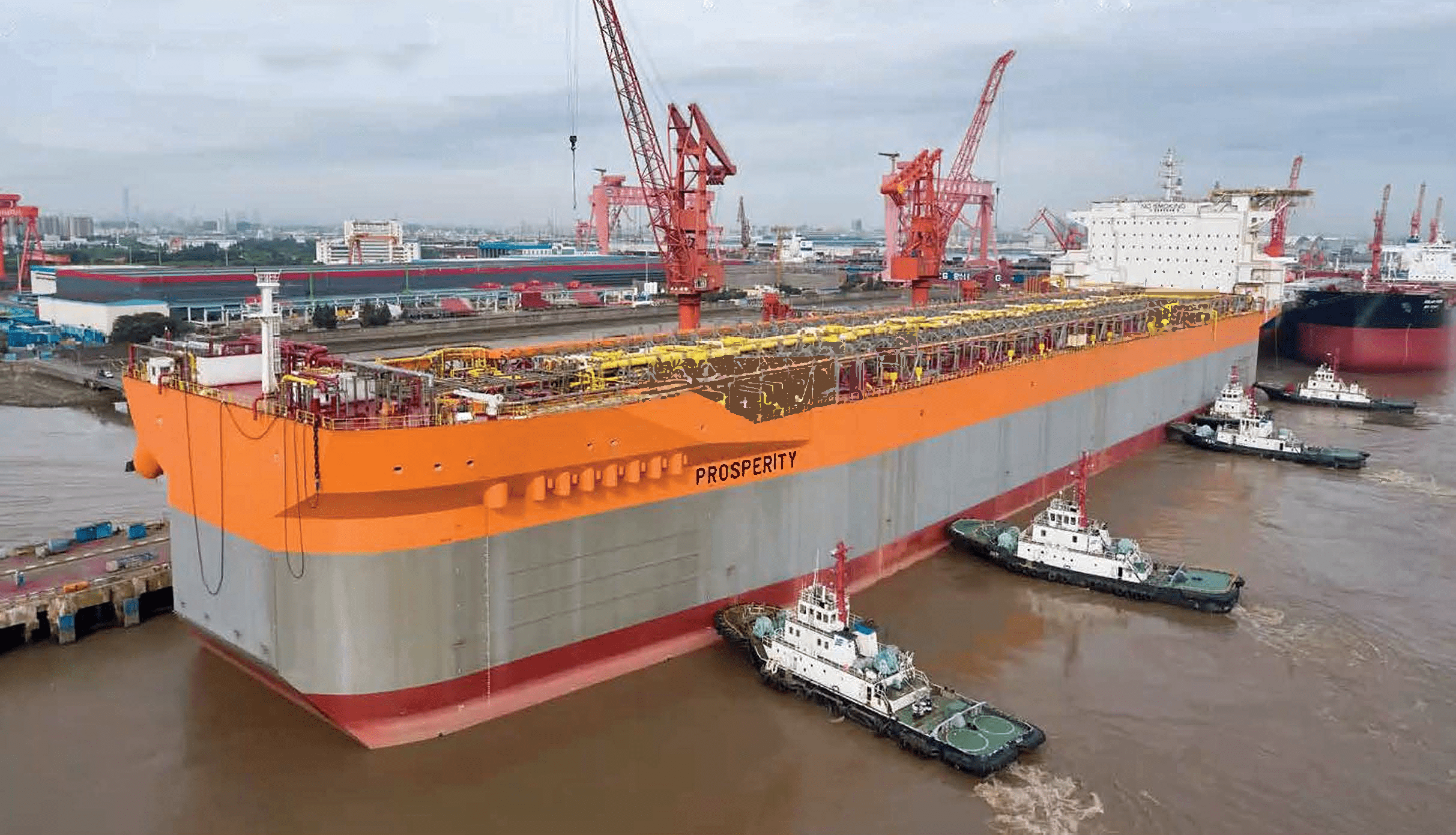Chief Financial Officer for ExxonMobil Corporation, Kathryn Mikells, said that the early delivery of the Payara project is the cause of the spike in ExxonMobil’s 2023 CAPEX budget.
The company recently reaffirmed its commitment to spend over US$100 billion in the 2023-2027 period on capital projects to meet the world’s demand for energy. This means US$20-25 billion would be spent each year.
Exxon said its investments for 2023 are expected to fall in the US$23 billion to US$25 billion range. The oil major also said it remains on track to deliver US$9 billion in structural cost reductions by year-end 2023.
Mikells, in a webcast, said, “we have a pretty big incentive to try and pull projects forward when we can. Payara in Guyana, I think, is a terrific example of that, and it’s part of the reason that we’re at the higher end, you know, of that $20-25 billion range coming up in 2023.”
ExxonMobil originally intended to bring Payara on stream in 2023, but delays owed to the five-month electoral impasse of 2020 pushed the estimated scheduled date for first oil to 2024, when the new government finally approved it in late 2020.
They announced in April that the schedule for the Payara project had been amended.
The Prosperity floating production, storage, and offloading (FPSO) vessel to be used for the project is designed to produce approximately 220,000 barrels of oil per day. The US$9 billion development targets 600 million oil-equivalent barrels.
It will be ExxonMobil’s third project in the prolific Stabroek Block and will take total combined production capacity to 580,000 barrels per day.
ExxonMobil said its Guyana assets offer competitively advantaged resources and high-value products to develop. It said Guyana is growing at an industry-leading pace with production of more than 850,000 barrels per day in the next five years..
By 2027, ExxonMobil expects to be producing over 1.2 million barrels of oil per day.



